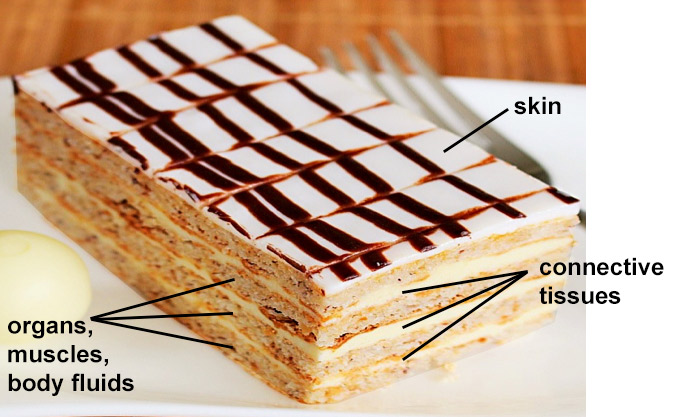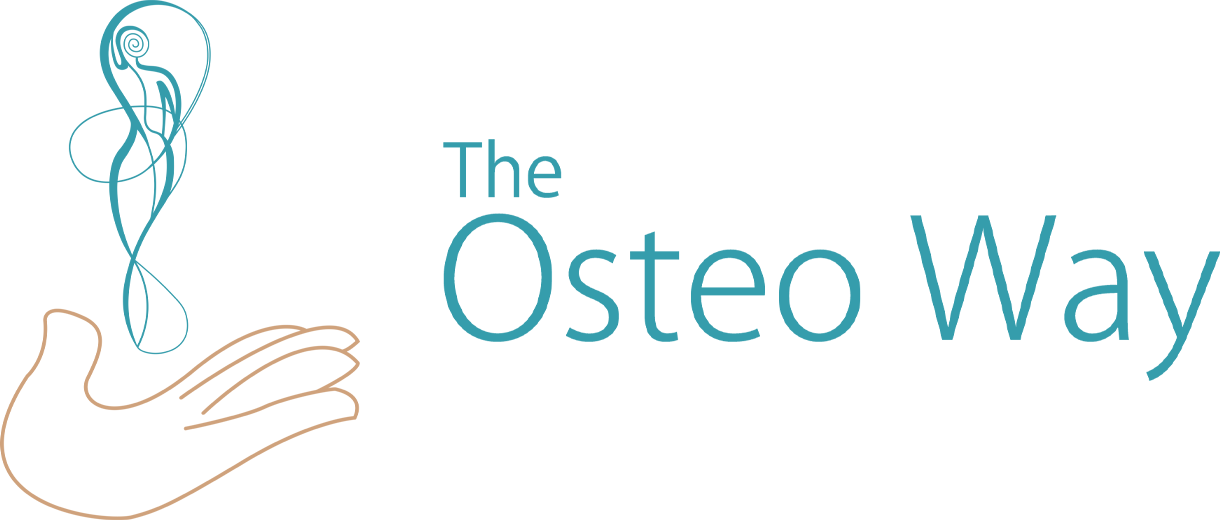During their life, women can have scars from a pregnancy: from a C-section or from interventions on there gyno system (cyst/fibroids surgeries, hysterectomy, or a mastectomy). Most of them will worry about the positive outcome of the surgery, and if it is the case, never worry about it again. The scars become a vague souvenir of a bigger battle they went through.
One such patient–let’s call her Linda–came to the clinic for help resolving her chronic back pain that was causing nerve pain down her legs, as well as digestive issues. Talking with her, she mentioned her C-section scar from her second child and some pain during ovulation and intercourse.
We worked on her legs and on rebalancing her pelvic muscles. Then we moved to her abdomen, and a pull was quite noticeable right above her pubic bone and on the right hand side of it. That’s when we got to talking about her C-section scar again.
By the way, did I mention we were going to talk about French pastry in this article? The “mille-feuille” cake is made up of a couple of layers of puff pastry, separated by layers of pastry. It serves as a good metaphor for our skin and what lies beneath. Have a look:

Voilà! You are now a French pastry chef master!
Now, let’s get back to Linda: during a C-section, those different layers are cut and pushed down. During the healing process, the goal is to find a layer (any layer) to hold onto the so that the wound closes with collagen strands. This can get quite chaotic (just imagine trying to get that French pastry’s thousands of layers together again after slicing through it!)
When layers are not all stacked and lined up properly, they can’t glide on top of each other the way they are designed to. If someone pulls the blankets on a bed, the sheets and comforters will be anchored at one point and won’t be able to move in any other direction other than circularly around that point: it creates a kind of fulcrum. When this happens to the body, not only the layers close by are affected, but also the whole “sheet”–which can go very far in the body–including the nerves and blood flow passing through the area.
In Linda’s case, her scar was not only pulling on her uterus, but also on all structures related to it: her lumbar spine, her SI joint (pelvic joint), her colon and small intestine. We worked on freeing the scar tissue and worked on its connections to the surrounding structures.
Linda left with some homework to release her scar with some techniques we worked on. After the function of her connective tissue was restored as a result, she found her lower back pain and the digestive symptoms she was experiencing had resolved themselves.
Moral of the story: scars, as little as they may seem, can have a big impact on health for men and women.
Do not hesitate to mention scars you have to your Osteopath–or to talk to them about French pastries, if that’s more your style!
